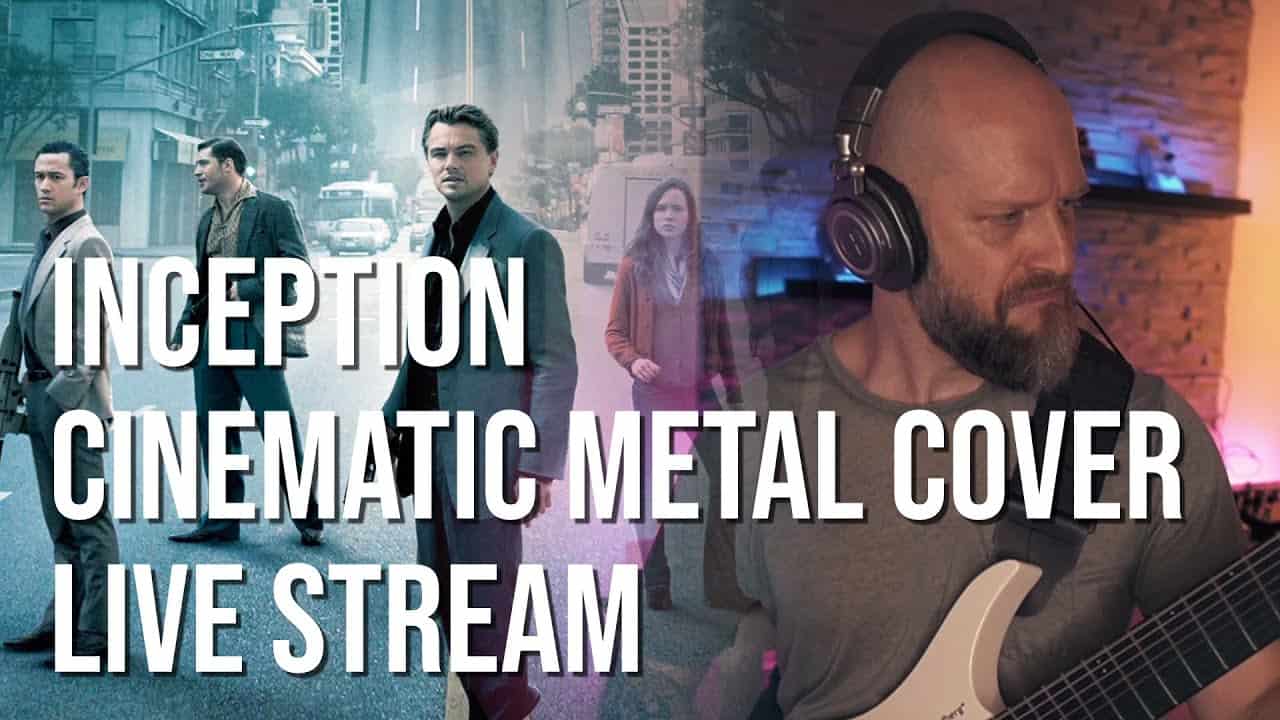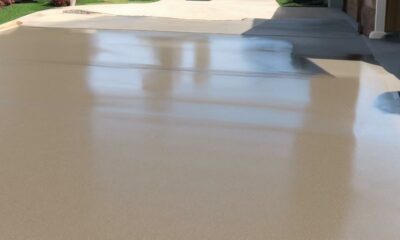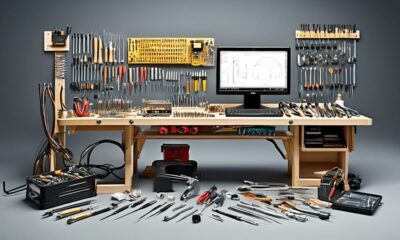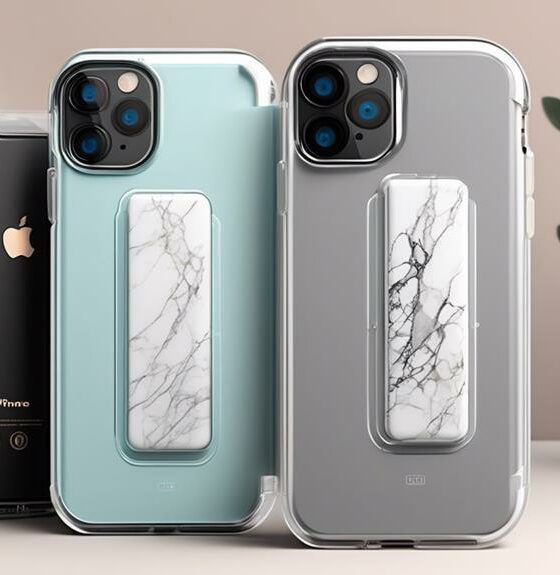compositing
AN INTERVIEW WITH ALEX DAVIS, CO-FOUNDER OF EMBERTONE by Thorsten Meyer
2025

AN INTERVIEW WITH ALEX DAVIS, CO-FOUNDER OF EMBERTONE
by Thorsten Meyer
Alex Davis from Embertone did take the time out off his busy schedule to provide some insights and background information about Embertone and the virtual instruments which help some many to write inspiring great music.
Thorsten Meyer: You mentioned that you appreciate other virtual instrument companies in the market. Now you are in a market lead position yourself and inspire other start-ups to follow you.
Alex Davis (Embertone): It comes from enjoying the process of making VIs — and obsession for detail. Jonathan and I got into this for the fun of it, and that is what sustains us still. When it’s not fun, it’s an uphill battle (and probably not worth it!)
Alex Davis and Jonathan Churchill run Embertone, tell us a little about Embertone and about the team including other team members like Andreas Lemke?
Embertone is a partnership between Jonathan and I. We work with dozens of composers, musicians, artists, programmers, affiliates and other developers. It’s incredibly gratifying to interact with so many talented people! Andreas is one of our closest partners. He has been working with us since the beginning, and we initially reached out to him in 2011 because of his amazing work revitalizing the Westgate instruments. His experience with true legato was the initial draw, but his talent is huge… he has created some amazing VI scripts for us, and continues to surprise us as we deepen our work together.
Elan Hickler of Sound Emote has been our go-to sample editor for a few years now. His work is incredibly advanced, and his obsession with perfection is really impressive…
How did it all start?
Jonathan and I both worked as 9-5 staff composers at a marketing agency in Raleigh North Carolina USA, We began recording some virtual instruments just for fun… and when we had collected a handful of them, we realized that we could build a company around it. A few months of work and we were able to release our first 6 products in July of 2012… it was a really big moment for us!
How do you position Embertone to the market?
We try not to take ourselves too seriously. We want to have FUN first and foremost. Beyond that, our concept is to develop a la carte instruments at really affordable prices. We’ve done our best to honor those founding principles still – even though some of our products are deeper and more expensive these days. I still love the idea that we can create a simple, useful, beautiful VI and sell it for around $20!

Let’s focus on your string instruments. How and where do you capture and record your instruments?
We tortured our musicians with hours of monotonous transition recording. Our first solo string was Friedlander Violin, which was recorded in a large room in an office building… Although our recording space and concept has evolved a whole lot since then, the overall approach for recording these instruments has not changed: we aim to capture a close and intimate sound, which allows us to bend the sound to our will a bit more. Another benefit of this recording style is that it allows our users to place the instrument in their own space, using IR or Algorithmic reverb.
When recording the string libraries, who did perform the instruments and helped to record them?
3/4 are players in the NC Symphony: Leonid Finkelshteyn on Bass, Chris Fischer on Viola, and Dovid Friedlander on Violin. For our cello we hooked up with Blake Robinson, the Australian Cellist/Composer.
Tell us more about the same note re-bow and the different legato types?
I believe that we were among the first to capture both bowed and slurred legato styles, which helps with realism by a huge margin! Each of the Intimate Solo Strings has bowed, slurred and portamento legato styles, with speed control as well… meaning that as you play slower and faster, the transitions will compress and expand, allowing for more comfortable real-time performance AND more realistic results. The same note legatos were recorded so that a user can make realistic note repeats. By holding down the sustain pedal and replaying a note, a “real” performance of a “same note” is heard.
How many round-robins and dynamics did you include?
The number of round robins vary greatly depending on the instrument and the articulation. In general, short articulations will have 4X round robin and 4 dynamics. Note sustains also generally have 4 dynamics as well. In terms of the legato transitions, however, the instruments in the series vary. Our violin and cello have only a single legato dynamic layer, while the bass and the viola have two. Having the two dynamics is so much fun! It allows users more variety and color in their playing, and the dynamic sets can be crossfaded without any phasing due to the way we processed the samples.
When you did release the Fischer Viola you included new features like color morphing, dynamic morphing and an improved vibrato. Tell us more about those and how they help when scoring.
Color morphing and dynamic morphing are important features! The dynamic morphing is a fancy way of saying that you can crossfade between dynamics seamlessly, without the pesky phasing effect that will usually occur. The color morphing is similar, but applies to the position of the bow between the fingerboard and the bridge. With the violin, viola and the bass, users can seamlessly move their virtual bow to any position, varying the timbre of the sound greatly. There’s a nice warm sound as the bow moves closer to the fingerboard, and a harsh, nasal quality (Sul ponticello) as the bow drifts toward the bridge.
We plan to update our cello and violin with as many of the newer, more advanced features of the viola and bass. The process is quite challenging and it has been a long road getting there. We hope to have some great updates this year!
Where are you on updating all string instruments to the same level of features, any timeline you want to share?
None as of yet. It is very high on my todo list.
What is the reason to no offer single articulation patches?
It’s simply not in our concept. As a compromise, however, I plan to allow users to purge any sample set they wish to from within the single instrument. We see these projects as VI’s more than just sample libraries. So it’s our sincere goal to integrate all of these articulations and styles into a single, intuitive interface!
Let’s talk about the Ensemble feature. What is your guidance on how to use it best?
Ensemble mode is Andreas’ vision. The concept is not very hard to understand, but to create it is a whole different story . Ensemble Mode is a complex system of using neighboring notes and re pitching them all on a single note… and also subtly repositioning notes to attack at slightly different times to further avoid any phasing. The Ensemble Mode is a lot of fun, especially because it approximates a full section of instruments playing bowed/slurred/portamentos. There are some more advanced features here as well, such as panning control and the ability to change the size of the ensemble by removing/adding players.
. Ensemble Mode is a complex system of using neighboring notes and re pitching them all on a single note… and also subtly repositioning notes to attack at slightly different times to further avoid any phasing. The Ensemble Mode is a lot of fun, especially because it approximates a full section of instruments playing bowed/slurred/portamentos. There are some more advanced features here as well, such as panning control and the ability to change the size of the ensemble by removing/adding players.
An important note about Ensemble Mode — a powerful computer is needed to handle it, because the voice count becomes quite high!
Tell us more about how artist can use the instruments with their tablets or other devices?
All of our Intimate Solo Strings come with Touch OSC templates. Touch OSC is a nifty little iOS/Android app that allows you to control dozens of settings within the space of a single tablet. I should emphasize that Touch OSC is NOT needed to get the full experience from these instruments. HOWEVER, it is really fun to be able to control most UI parameters with your 5 fingers. Most exciting perhaps is the X/Y vibrato grid. X for SPEED and Y for amplitude! It’s really fun and intuitive.
More about Touch OSC at www.hexler.net
Is there any score where the string instruments have been used you like to point out?
The composers who use our products throw our instruments everywhere  . We recently received some glowing reviews from composer Jason Graves – he creates mock ups with our solo strings all the time, and especially fun because he knows and works with Chris, Leonid and Dovid from time to time. So he has access to the virtual players before bringing them into the recording studio and laying down real tracks!
. We recently received some glowing reviews from composer Jason Graves – he creates mock ups with our solo strings all the time, and especially fun because he knows and works with Chris, Leonid and Dovid from time to time. So he has access to the virtual players before bringing them into the recording studio and laying down real tracks!
Thank you for your time.
We’re glad to be involved, wishing you the best!
-Alex

Deep Dive into my Cinematic Metal Cover
Let’s take a deep dive into my cinematic metal cover of Dream Is Collapsing of the Inception soundtrack by Hans Zimmer.

The Brief: A New Heavyocity Video Series
Introducing The Brief, an all-new video series about storytelling through cinematic music.
Premiering Friday, April 16 2021 right here on Heavyocity YouTube Channel.

How To Create Your Own Custom Sounds
Let’s talk about how to create your own custom sounds by layering sample libraries, synths, and basically whatever you like and prefer. The best way to find out what works and not is to keep experimenting.
-

 Vetted2 weeks ago
Vetted2 weeks ago11 Best Gore Websites to Explore the Darker Side of the Internet
-

 Vetted3 days ago
Vetted3 days ago15 Best Essential Oils Brands to Elevate Your Aromatherapy Experience
-

 Vetted3 days ago
Vetted3 days ago15 Best Concrete Sealers for Ultimate Protection and Longevity
-

 Vetted6 days ago
Vetted6 days ago15 Best Fabric Softeners to Keep Your Clothes Soft and Fresh All Day Long
-

 Vetted5 days ago
Vetted5 days ago15 Best Minimalist Phones for Simplifying Your Life
-

 Vetted4 weeks ago
Vetted4 weeks ago15 Best Insecticides to Keep Your Home Bug-Free and Safe
-

 Vetted3 days ago
Vetted3 days ago14 Best Concrete Paints for Revitalizing Your Outdoor Space
-

 Vetted3 weeks ago
Vetted3 weeks ago15 Best Soldering Irons for Your DIY Projects – Top Picks and Reviews













